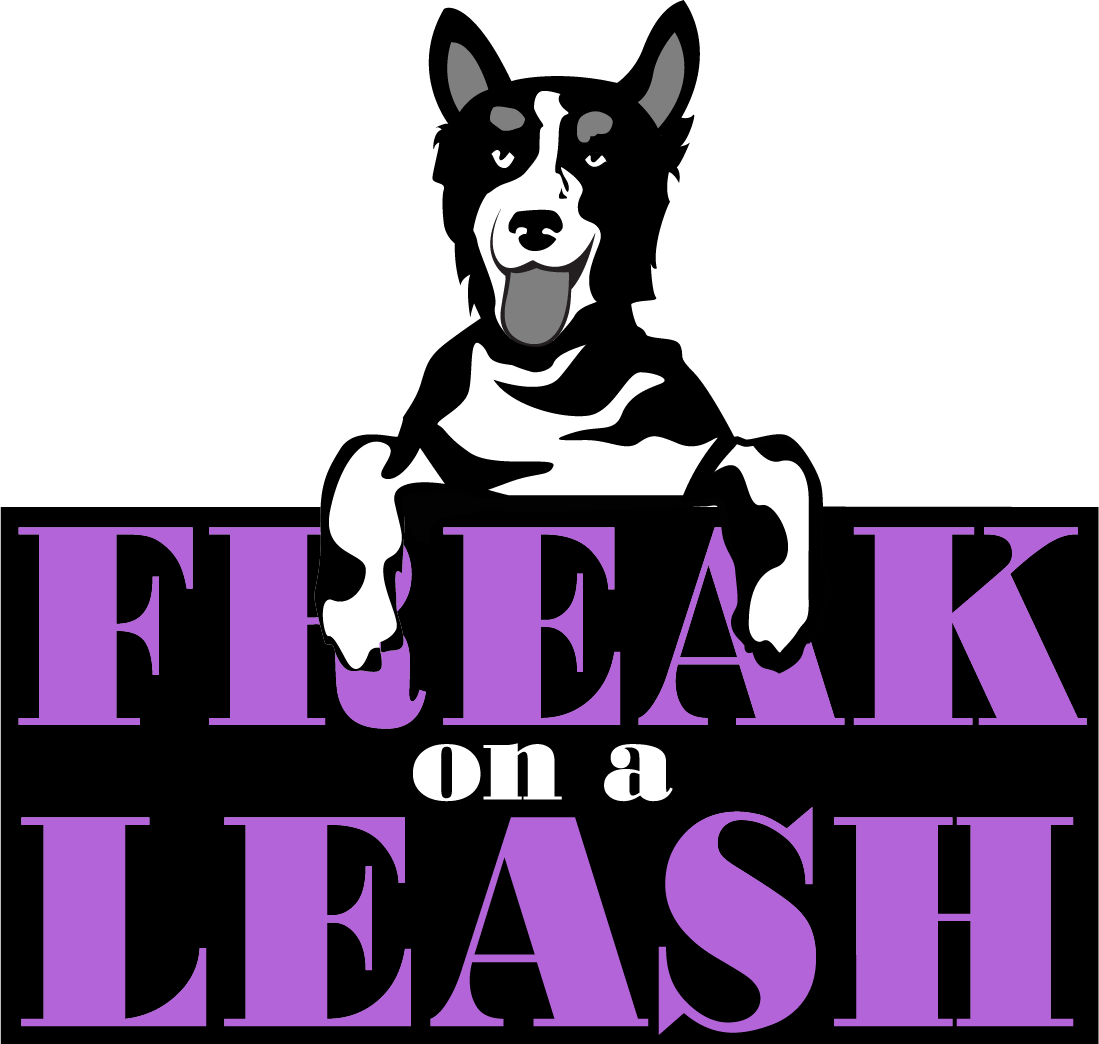Are you trying to find the best way to train your puppy? Although it is impossible to predict a puppy’s personality or behavior as an adult, there are things you can do to make your dog the best friend you’ve been longing for. We’ll look at five methods people use to train dogs in this article. With the right training methods, your dog will quickly pick up everything from basic commands to understanding house rules.
Dog training is the application of behavior analysis to change behavior by using environmental events as antecedents (triggers for behavior) and consequences, either to help the dog have better manners or to perform specific tasks.
While training dogs for specific roles dates back to at least Roman times, training dogs to be compatible household pets began with suburbanization in the 1950s. A dog learns from its interactions with its surroundings. This can happen through classical conditioning, where an association between two stimuli is made, non-associative learning, where behavior is changed through habituation or sensitization, and operant conditioning, where an association between an antecedent and its consequence is made. There are many well-known techniques for training animals, each with supporters and detractors. Successful methods share the characteristics of knowing the animal’s attributes and personality, as well as accurate timing and consistency. Punishment is controversial because many behaviorists question its effectiveness and humaneness. Furthermore, a great deal of research has shown that training methods that emphasize rewards are more successful and less damaging to the bond between a dog and its owner. We will cover a few popular canine training methods in this blog.
Koehler Method

The Koehler method began 70 years ago and unfortunately is still taught in both group classes and private training. The dog is pushed into a sit or down and praised for doing so. The dog learns to avoid being pushed into positions (sit, down, stand etc) by complying before the handler puts his hands on the dog by anticipating the position the handler wants him to assume. This method is heavily reliant on physically moving the dog and uses negative reinforcement. Why avoid this method? It’s uncomfortable for your puppy and can be harmful to a young body that is still growing. It can increase handler (owner) aggression and causes worry for lots of dogs.
Electronic Training
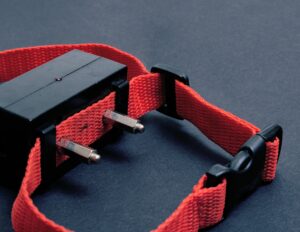 There is a great deal of debate surrounding the use of electric shocks when training dogs. Supporters argue that using electronic devices enables remote training and has the potential to reduce self-rewarding behavior. They also point out that, when used properly, they pose a lower risk of stress and injury than mechanical devices like choke leashes or prong chains. However, more recent research, including that by Herron et al., indicates that aversive training equipment like shock, e-collar, prong and choke collars as well as yelling do carry a risk of escalating behavior issues, including aggression. We have seen too much fallout with e-collars especially when not used under the eye of a seasoned trainer. The dog training industry isn’t regulated to ensure a trainer’s skill level or certifications demonstrating ability and knowledge of learning theory and behavior change. We would suggest you stay away from them especially for puppy training.
There is a great deal of debate surrounding the use of electric shocks when training dogs. Supporters argue that using electronic devices enables remote training and has the potential to reduce self-rewarding behavior. They also point out that, when used properly, they pose a lower risk of stress and injury than mechanical devices like choke leashes or prong chains. However, more recent research, including that by Herron et al., indicates that aversive training equipment like shock, e-collar, prong and choke collars as well as yelling do carry a risk of escalating behavior issues, including aggression. We have seen too much fallout with e-collars especially when not used under the eye of a seasoned trainer. The dog training industry isn’t regulated to ensure a trainer’s skill level or certifications demonstrating ability and knowledge of learning theory and behavior change. We would suggest you stay away from them especially for puppy training.
Balanced Dog Training
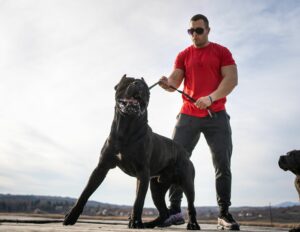
Using a balanced training approach sounds nice, doesn’t it? The use of positive and negative consequences makes sense to many owners as well as trainers but using physical punishment and/or corrections isn’t necessary in training an animal. Many studies have shown that intimidation, physical corrections and the use of e-collars (shock collars) increase stress and aggression in the learner. Often taught with a “training collar” (choke or prong collar), balanced training can involve folding dogs into positions while using collar corrections and also using praise and sometimes treats, but there really is nothing balanced about this. Praise in these instances is not a reward or positive reinforcer for the dog but merely the indicator that he is not going to be punished this time. Do you want your dog to feel happy about being a “good boy” or relieved that he avoided punishment?
Relationship-based Training
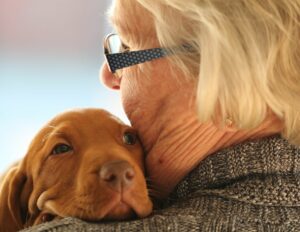
Relationship-based training, which is derived from the theories of symbolic interactions, takes advantage of the communication, interpretation, and adjustment patterns that exist between dogs and their trainers. A relationship-based approach to training dogs assumes that the bond between the dog and trainer is strong enough to achieve the training objectives without the need for specific training aids or rewards. Before starting a training session, make sure the dog’s basic needs have been met. Other fundamental principles include understanding the dog’s motivation and using it to elicit behaviors, along with managing the dog’s environment to reduce the likelihood of unwanted behavior. The best way to have a great relationship with your dog is to use reinforcers your dog cares about!
Clicker Training
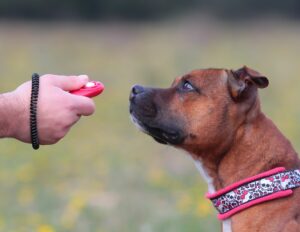
Clicker training is an excellent method for positively teaching your puppy new skills, while also making learning enjoyable for both of you. It is an effective training technique based on rewarding an animal for good behavior. Your puppy learns to associate the click sound as “that’s the behavior that pays off right now” and the impending arrival of food treats. Make training more of a game than a chore for them—and you—by rewarding good behavior! We fully support puppy training with clickers or markers. This is a fantastic way to improve you and your puppy’s life. Even long-standing guide dog organizations like the Guiding Eyes for the Blind have been using clicker training with immense success.
Positive Reinforcement/ Rewards Based Training
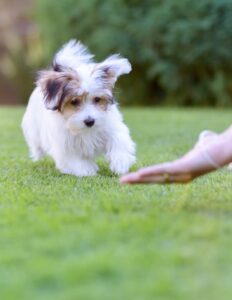
Rewards are used to reinforce good behavior. This method is based on Thorndike’s law of effect, which states that behaviors tend to become more frequent when they result in reinforcement and less frequent when they do not. A good reward-based dog trainer will find motivations for your dog to do the things you want him to do and will try to use the least amount of aversive techniques to stop bad behaviors. For the best puppy training experience, find a certified dog trainer to help you navigate the challenges of puppyhood. Read here the position statement on Humane Dog Training by the American Veterinary Society for Animal Behavior.
Need help with your puppy? Our trainers at Freak On A Leash in Virginia Beach, Chesapeake and surrounding Hampton Roads would love to teach you the methods of reward-based dog training. Talk to one of our trainers by making an appointment. Every dog is unique, as is every dog’s environment—your individual dog and your surroundings will affect the key training milestones. If you are looking for help training your puppy, talk to us!
We can never truly understand what it is like to be a dog, but at times, it can be enjoyable to put ourselves in their shoes. If you already employ reward-based training techniques, let us know what you believe your dog enjoys most about it!
Freak On A Leash can bring out the best in your puppy with reward-based dog training. Schedule a call with one of our professional puppy trainers.
